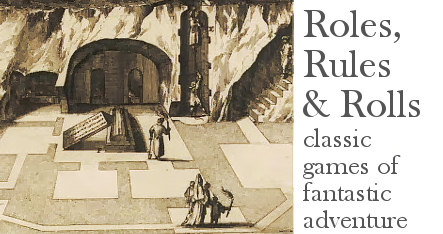After over a year of play, I've found the high levels of skill, failing only on a 1 in d12 or d20, are easily reached by a rogue or a gnome within a few levels, because those classes gain two skill points a level instead of one. I'm not against this in itself - it's good at a certain point to be reliable at such everyday things as sneaking or climbing up a building. The problem comes with trying to scale these super-skills to more difficult tasks. Even if you interpret the -2 for a hard skill as applying to skill ranks and not the die roll, a rogue who started with 3 in a skill and concentrated on it through level 3, getting 7 marks and having a base d20, can meet a hard skill with only a 1/6 chance of failing.
 I came up with this system which I think is not just more elegant, but could be the dead-simple engine for a whole game if applied to things like combat (although Paolo camped a stone's throw away a while ago, with something that eventually became 5MORE...).
I came up with this system which I think is not just more elegant, but could be the dead-simple engine for a whole game if applied to things like combat (although Paolo camped a stone's throw away a while ago, with something that eventually became 5MORE...).Instead of using different dice at high ranks of skill, once past 5 marks, you start adding on Reroll marks that let you reroll a failure on that skill every time you use it. Importantly, this anchors the highest level of skill at 5 in 6, with hard tasks, at -2, having a natural maximum of 3 in 6. On the other side, rerolls can be gained by getting bonuses above 5 marks; for example, if you have two marks in Stealth, but you are sneaking around in your native (background) terrain and the thick terrain makes it easy to hide, the +2 for background and +2 for easy task give you six marks: 5/6 success and one reroll in case that fails.
A side bonus is that the same die is used for all skill rolls, eliminating the confusion of switching around to different dice that I've see new players thrown off by.
If you want to set some tasks as near-impossible, they would be at -4: 1 in 6 for a master-level skillsperson, and even someone with two rerolls would be not at all sure of getting it.
The other fix is that rogues get an extra skill box per level but they must split the two, allowing more even advancement.
I'm not even sure this is entirely necessary. The two groups I game with are unusual in that they each have 3 rogue or rogue-like gnome characters, so each one can specialize (and has) and it looks like they have the whole gamut covered even at level 4 or 5. Lone rogues in a party may instead find it more efficient to spread their skills out more.






